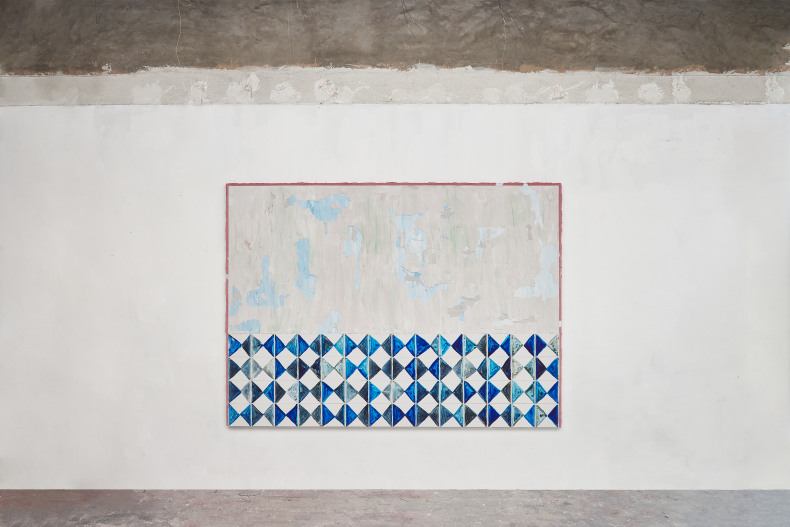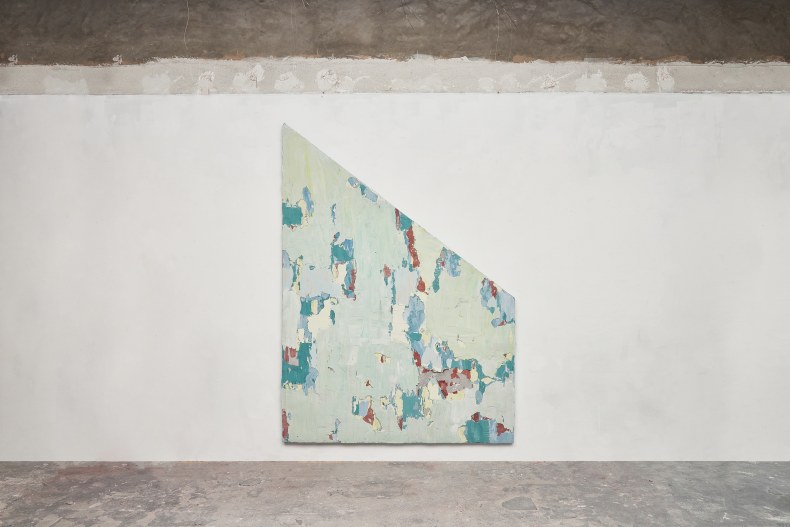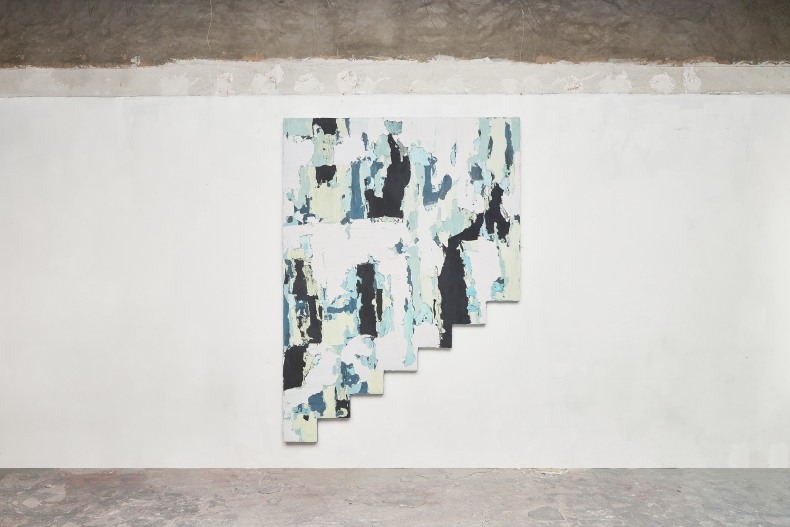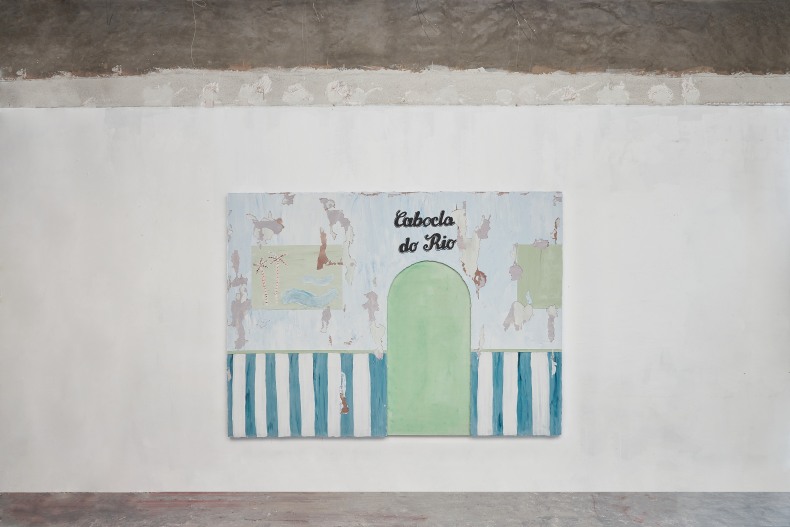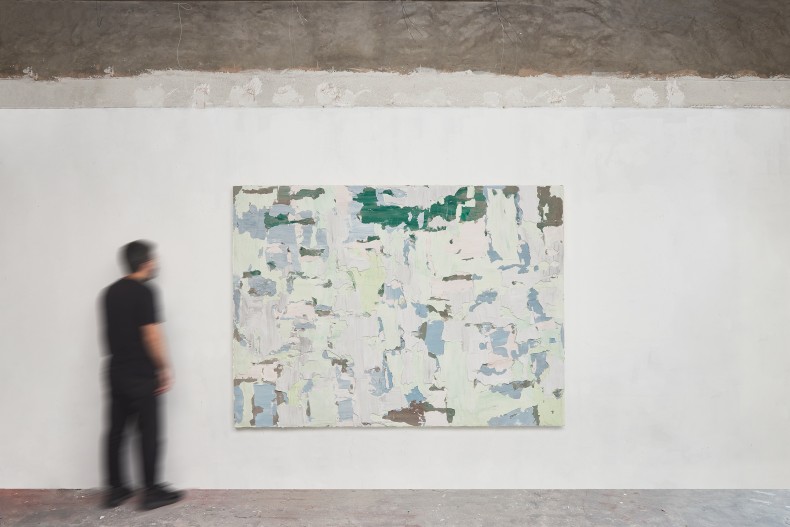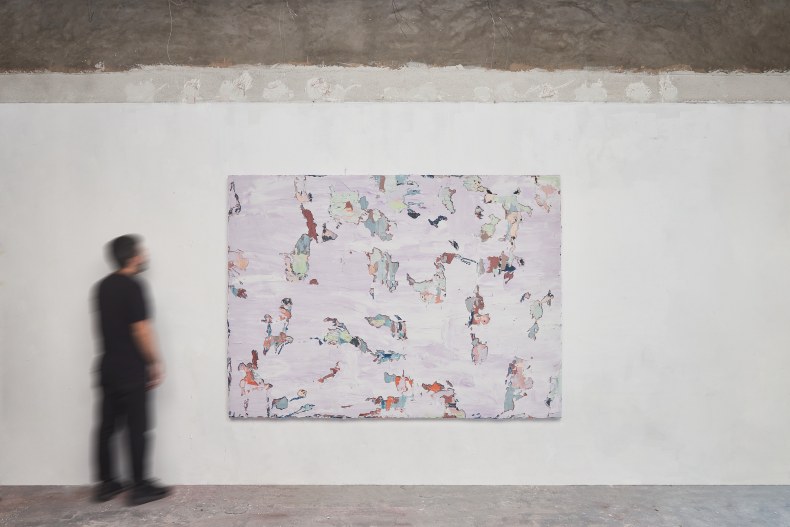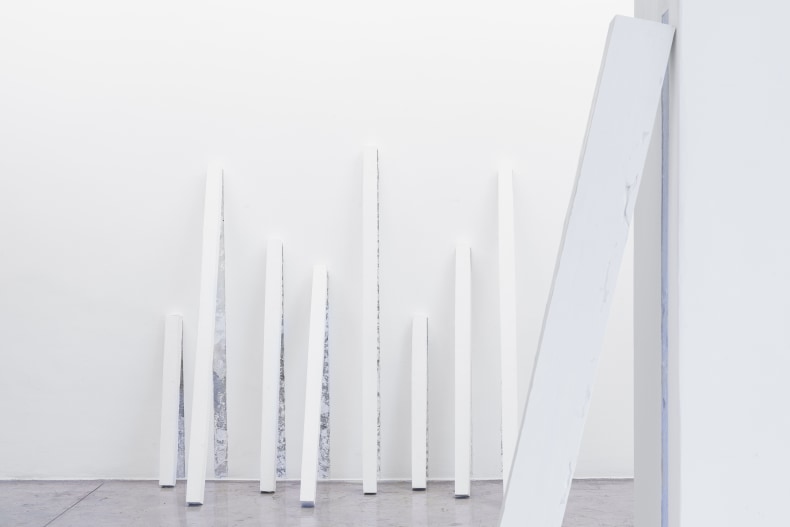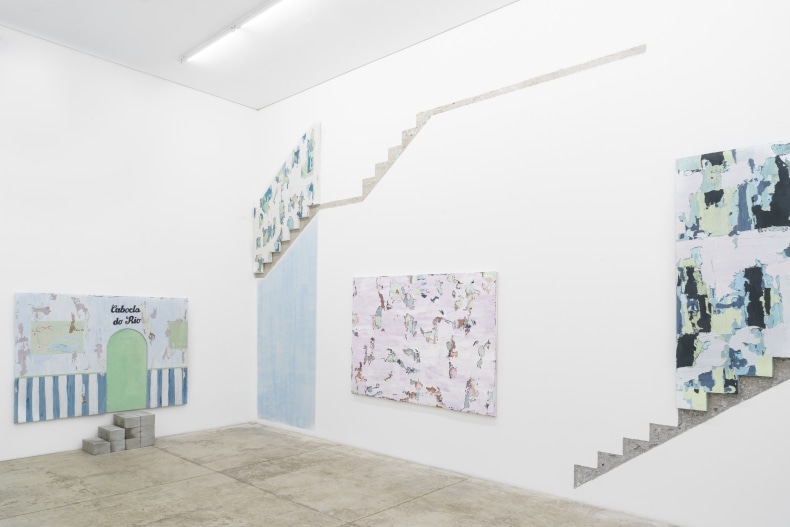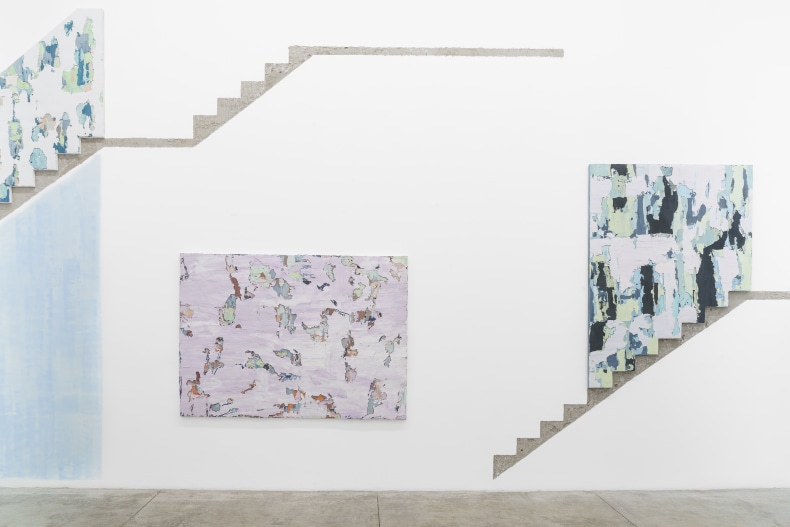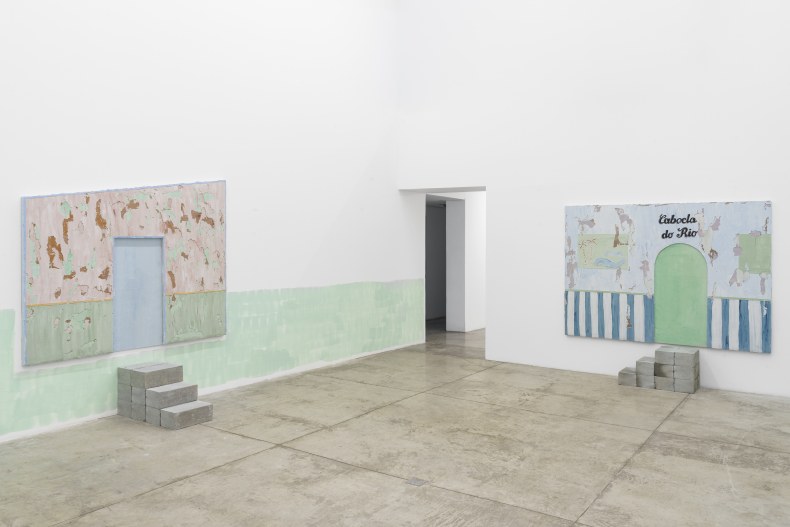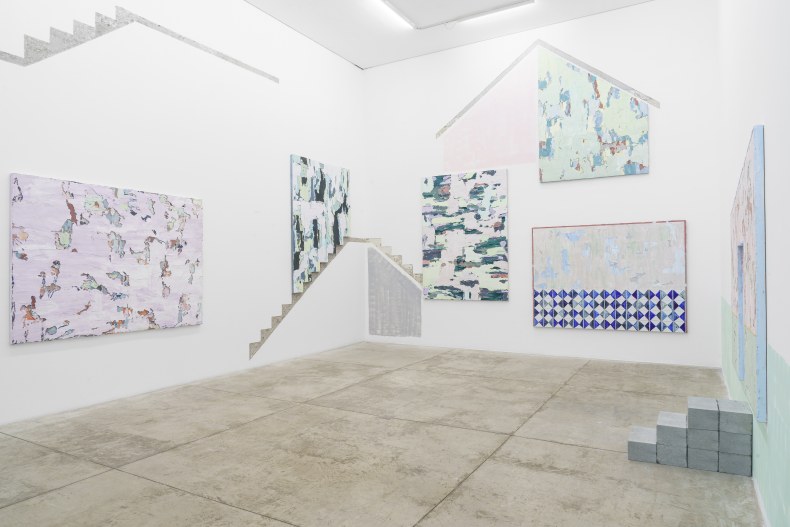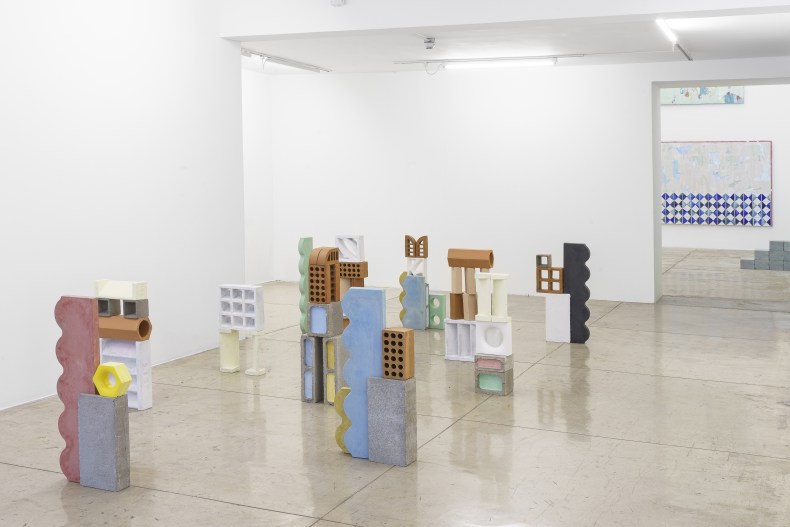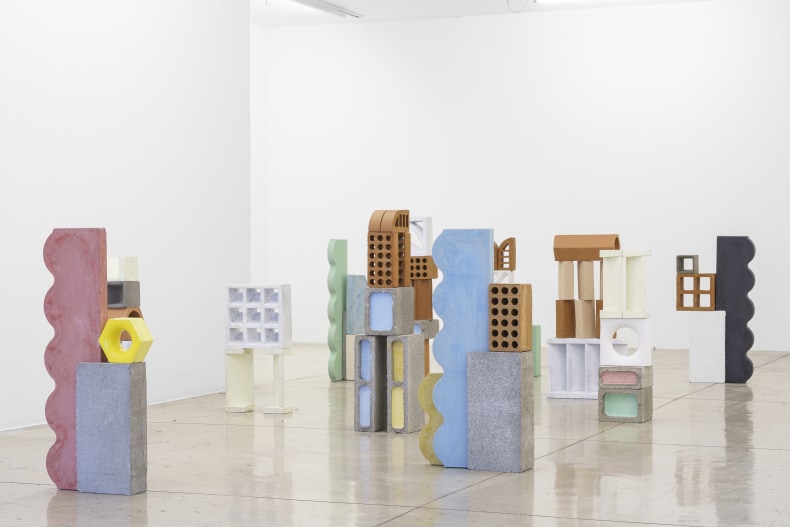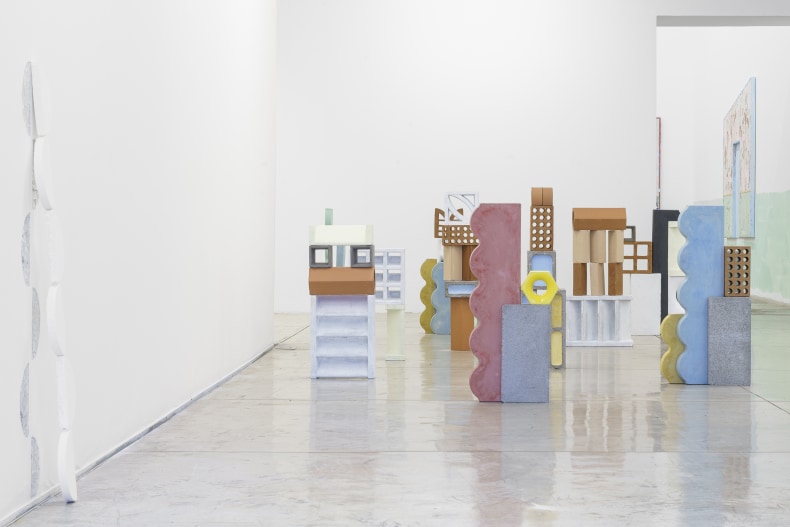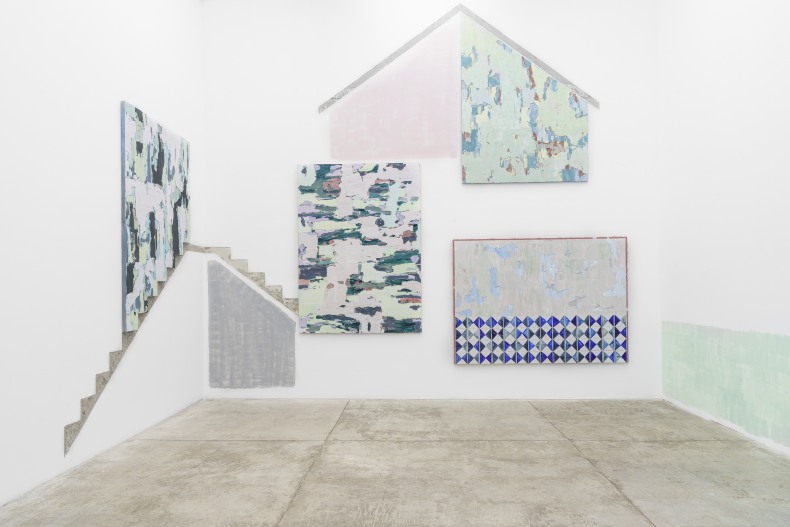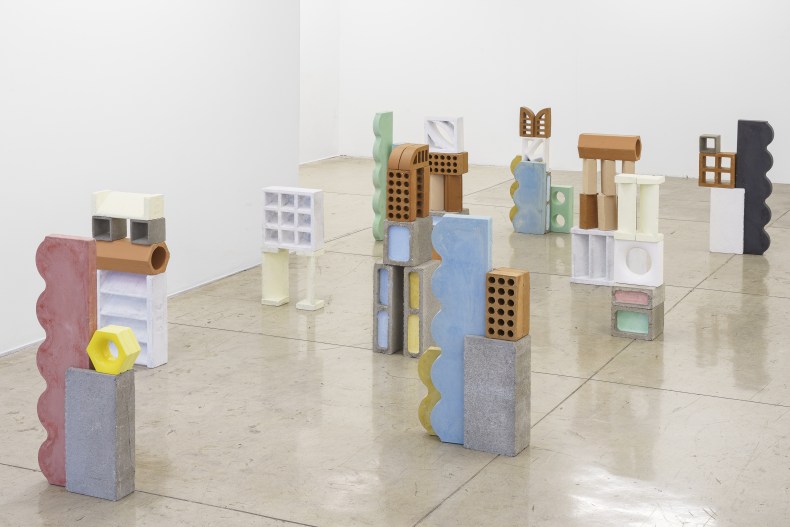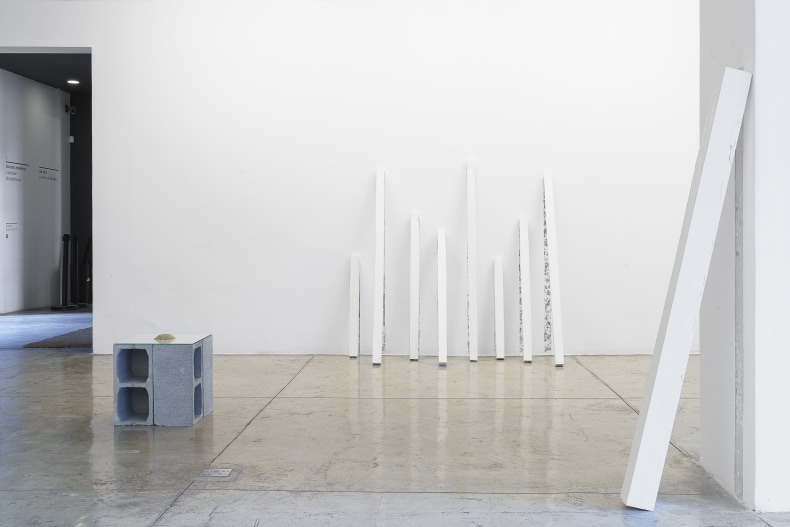Nara Roesler São Paulo is pleased to present O carnaval da substância, the first solo exhibition at the gallery by artist Manoela Medeiros. Accompanied by an essay by Luisa Duarte, the exhibition presents recent works by the artist, as well as a new site-specific intervention conceived especially for the occasion. The show opens to the public on November 26, 2022, and will remain on view until January 21, 2023.
In O carnaval da substância, Medeiros presents works that derive from her research on the analysis and understanding of the temporal dimension of life. In her production, the concepts of ruins and entropy are fundamental. Chaos, for the artist, evokes the image of carnival, an event that reveals life's ambivalences: the joy of fantasy and everyday reality, the freedom of celebration and social oppression. Above all, according to Medeiros, carnival is the encounter of bodies, of materials that collide, disperse, dance, contaminate, and transform themselves.
One of the works on view is the unprecedented Entropia suspensa [Suspended Entropy], a sculpture made in 2015 that presents a suspended time, the instant before an irreversible event: the fusion between sand and water. Medeiros also presents three-dimensional works from different moments of her production, offering a brief overview of her work. The common element among the works is materiality, or ‘substance’, according to the artist. In addition to works such as Eclipse (2018) and Hiatos (2015), where the artist creates forms that engage with excavations executed upon them, Medeiros also presents the sculptural installation Still Life (2022).
In 2017, the artist produced a first group of works of the same title for her solo exhibition in France. Based on the Cité Radieuse, designed by Le Corbusier in Marseille, Medeiros, created modular structures that evoke buildings, made with building materials organized in different arrangements. In O carnaval da substância, the artist makes use of materials used in Brazilian construction juxtaposed with sculptures made in her studio.
The Brazilian vernacular architecture is the theme of the second room of the exhibition, where Medeiros creates an installation with nine recent paintings with formats that recreate architectures in ruins. Arranged on the wall, in different positions, the canvases interact with the artist's in situ interventions, paintings, erasures, and excavations, made directly on the gallery's wall, so as to recreate a ghost-like architecture. The artist’s idea is to evoke the gable of buildings on which the remains of a previous, yet non-existent, demolished structure are engraved. These traces take the form of stairs, walls, and other rooms, in other words, spaces that invite our imagination to unveil the possible lives that were previously there.
The shape of the canvases incorporates this absent architecture, using frames with cutouts of steps, doors, and fragments of tiles. The artist’s interest lies mainly in the social character of architecture. In particular, Medeiros makes use of techniques used in popular architecture, emphasizing the manual character of civil construction, such as the mixture of plaster and powdered mineral pigments, often used in the painting of houses in the interior of Brazil.
For Manoela evoking the ruin in her works operates as a metaphor for the relationship between culture and nature. The artist creates overlapping layers and fragments that work as an archeology of techniques and methods employed in vernacular and kitsch architecture, which have often been denied by the erudite culture. In this sense, her works invite us to reflect on what we build and what we destroy, reminding us that form is only a state of configuration of matter that is in constant transformation.

